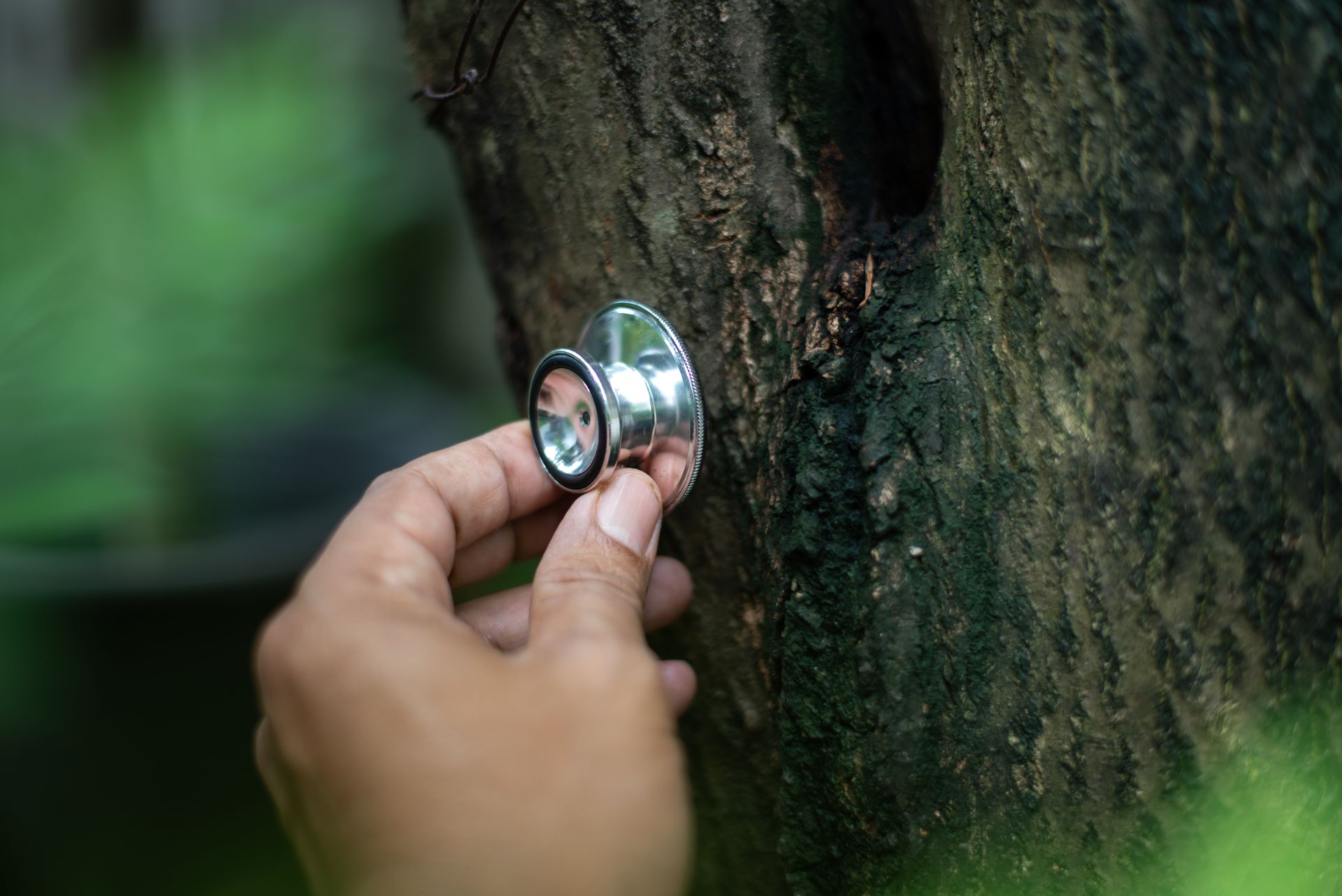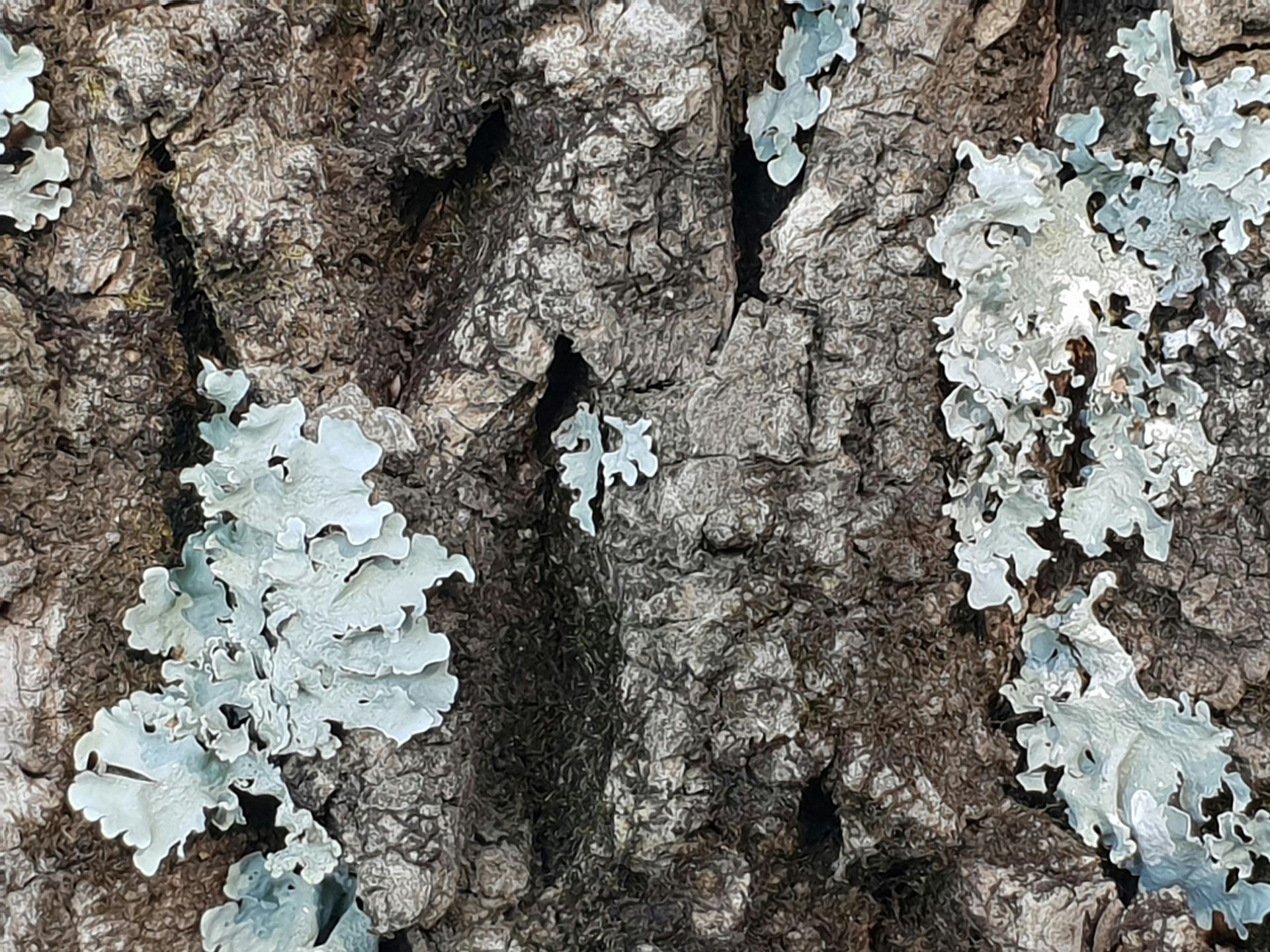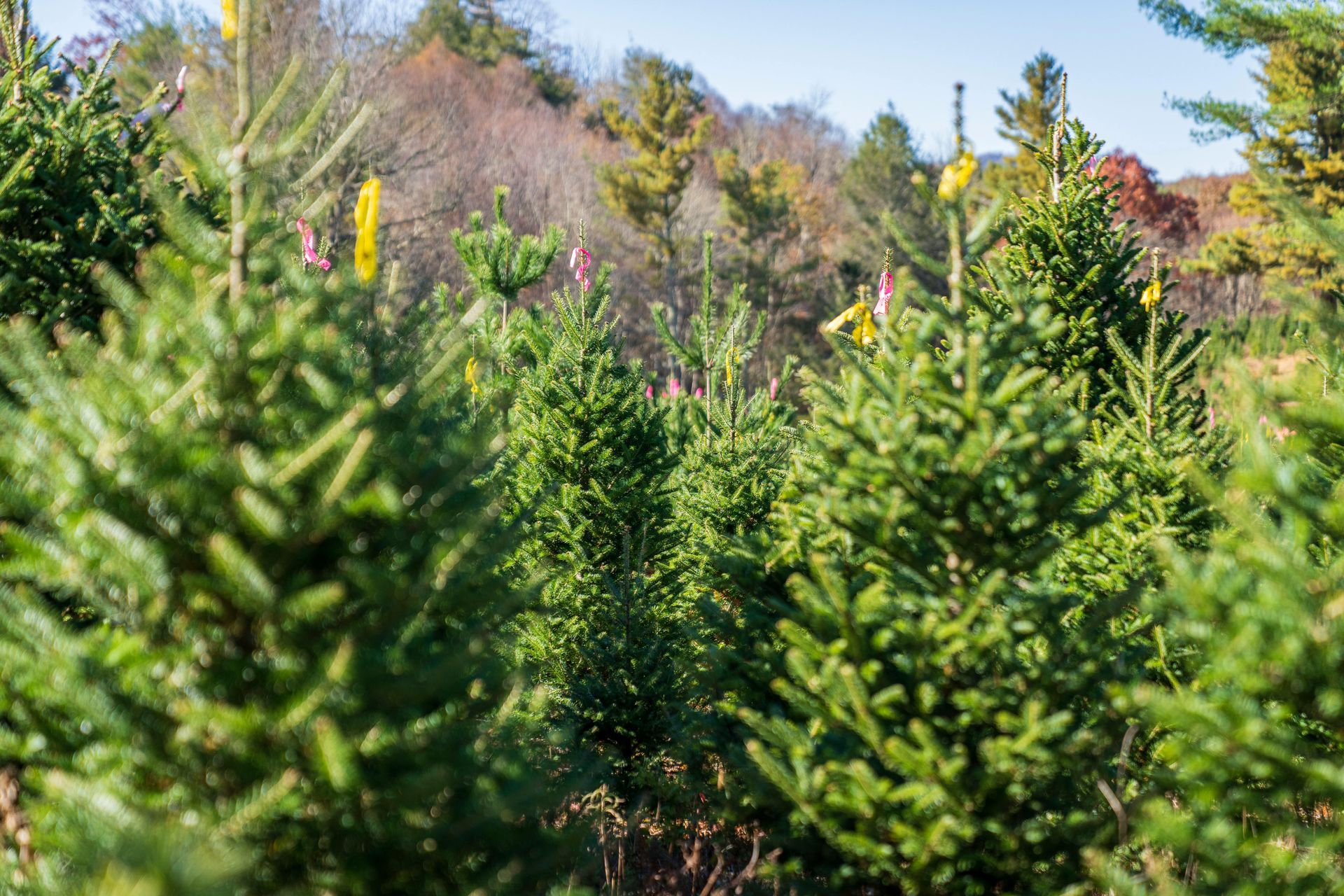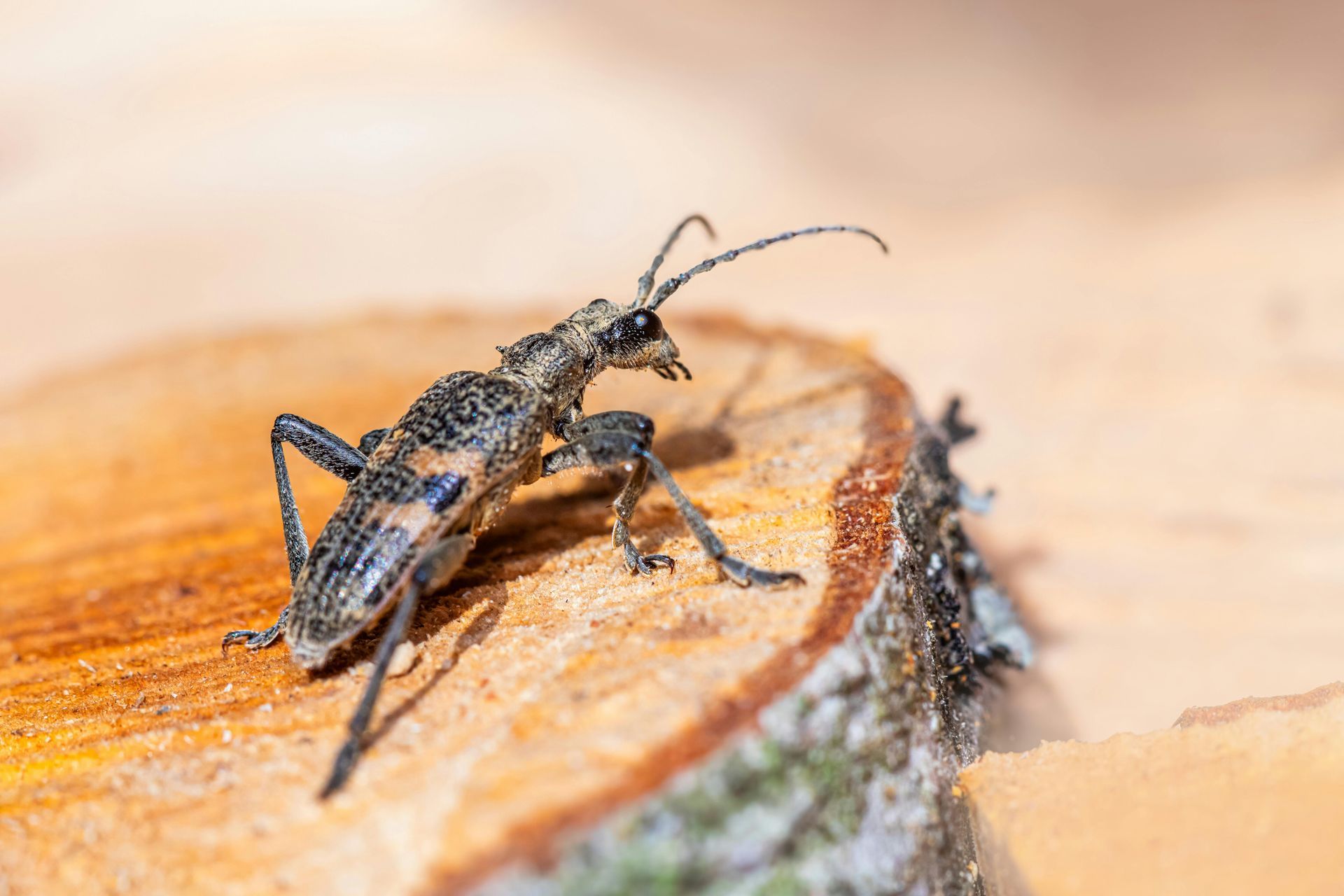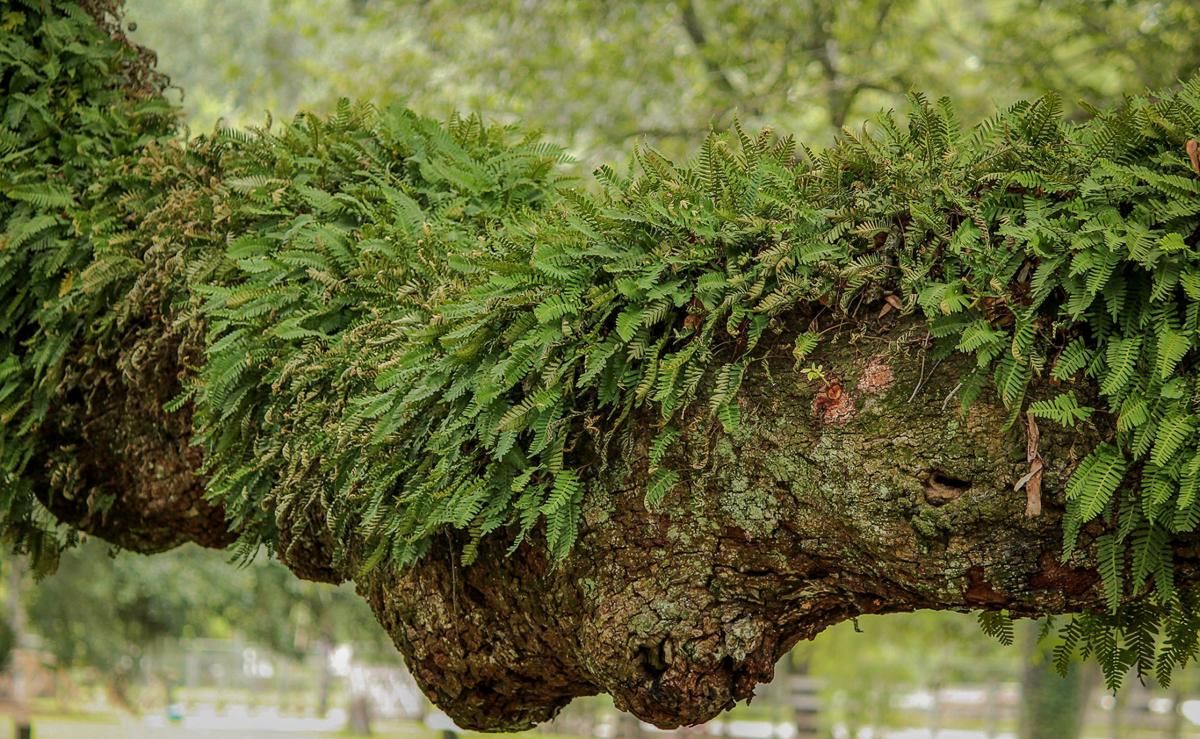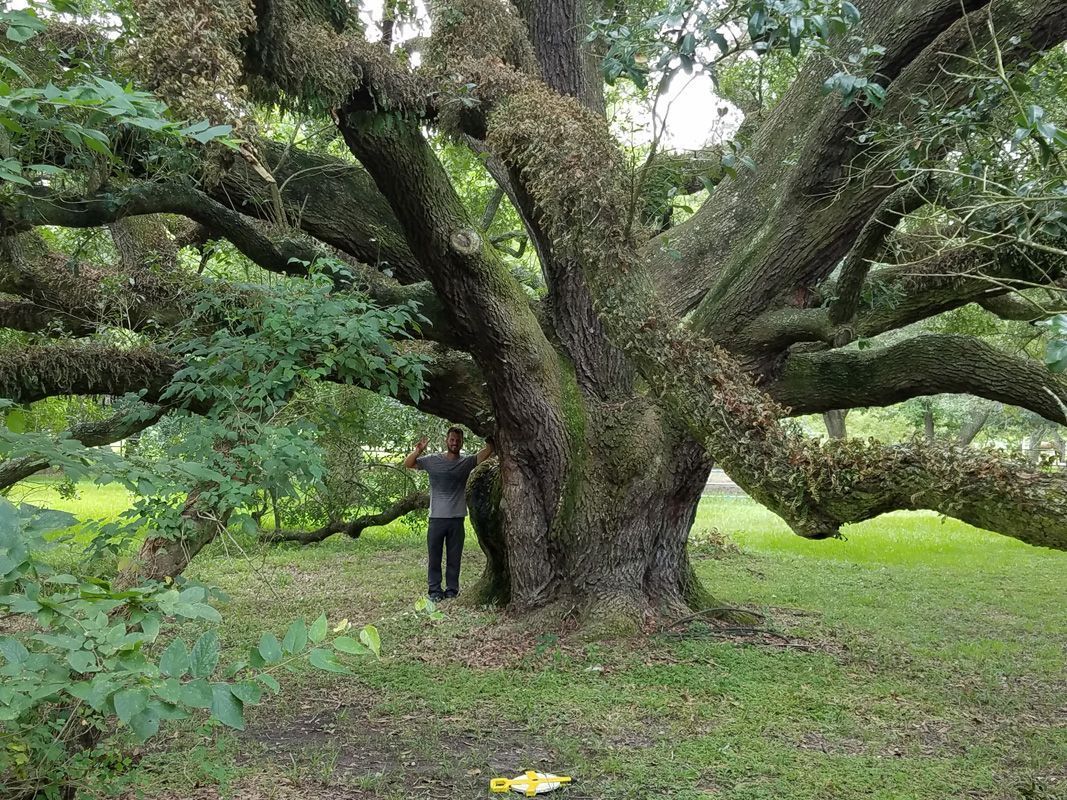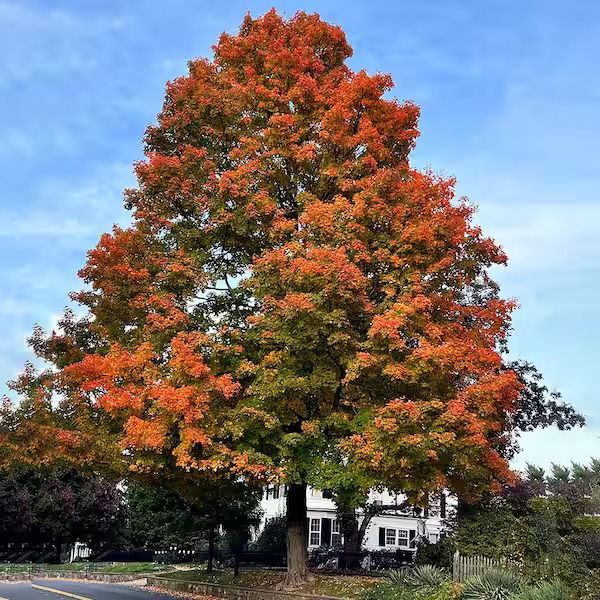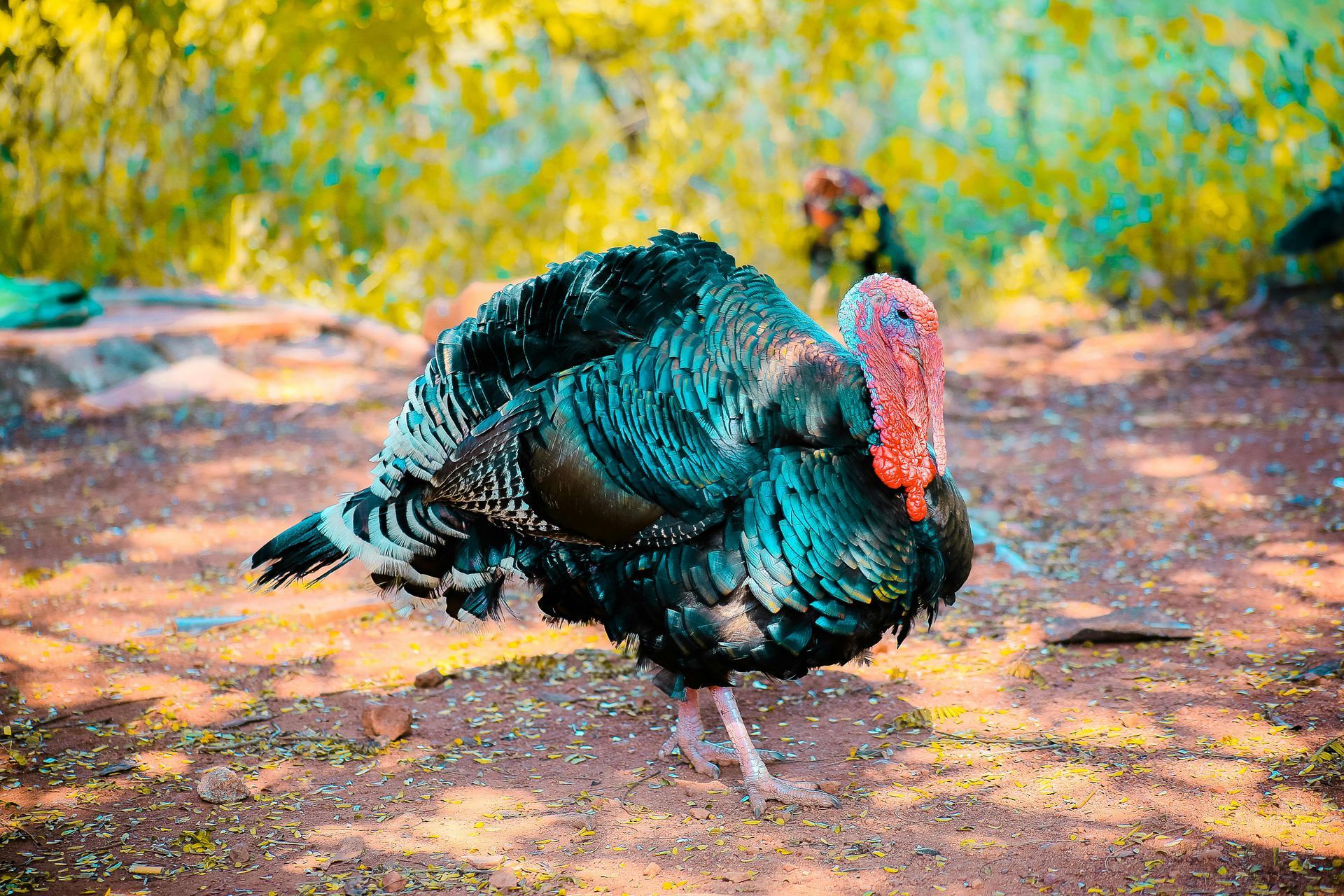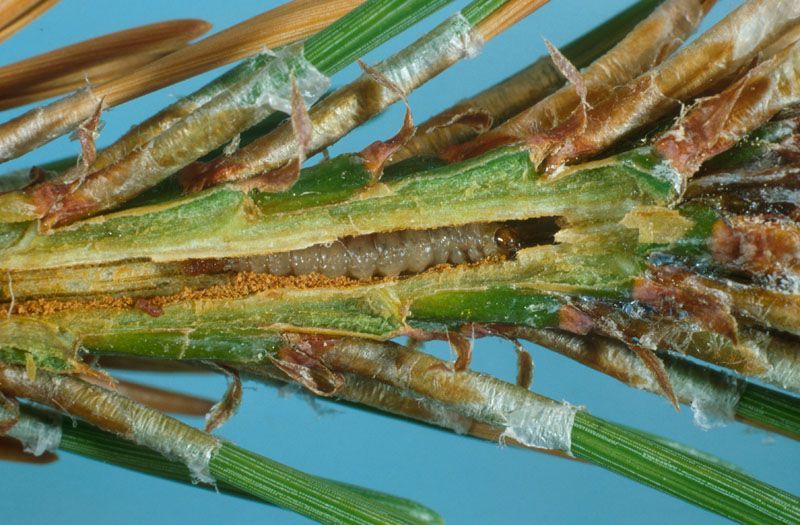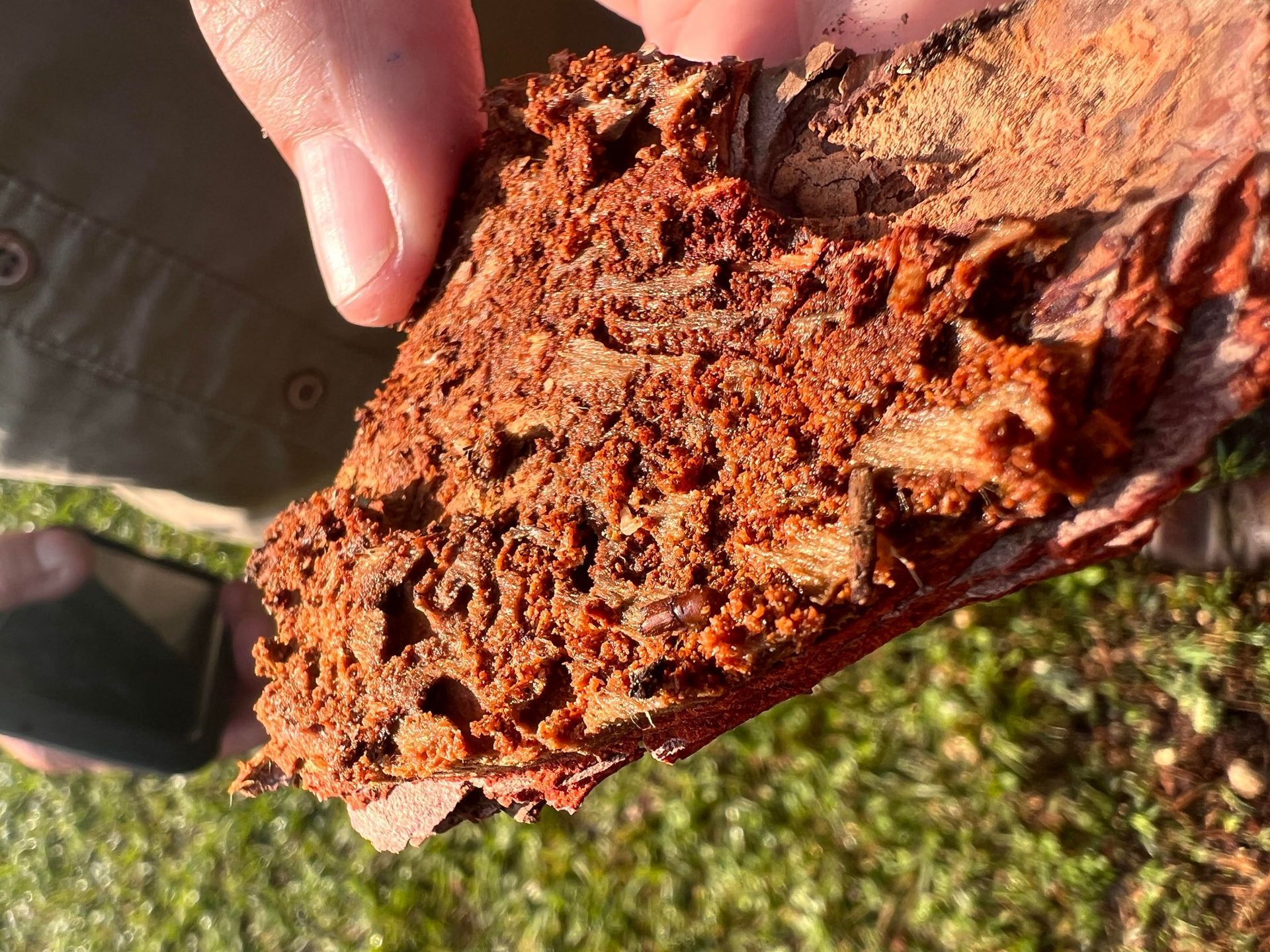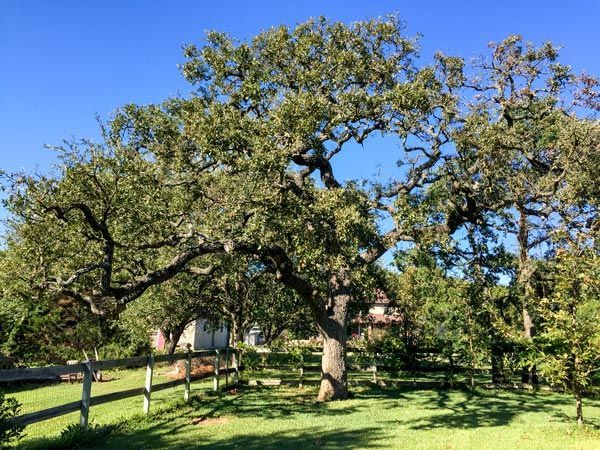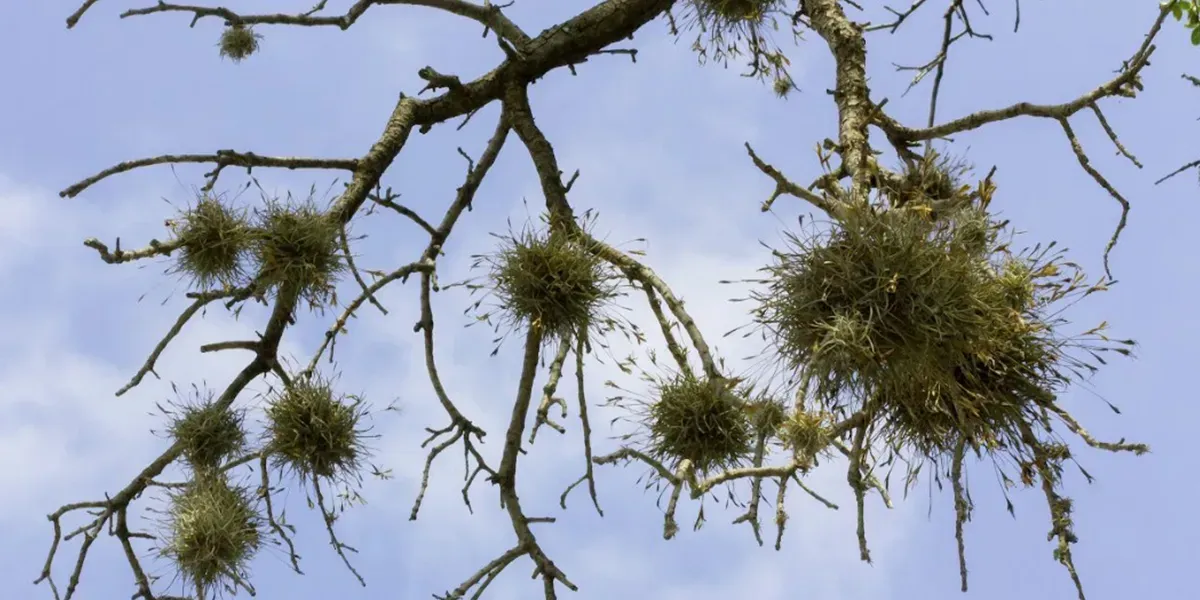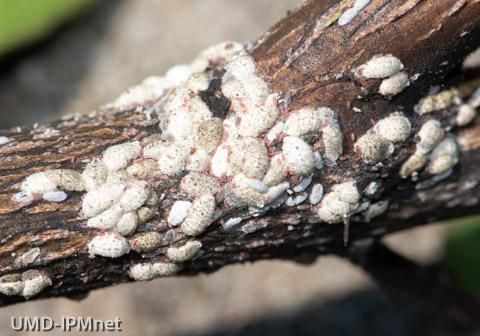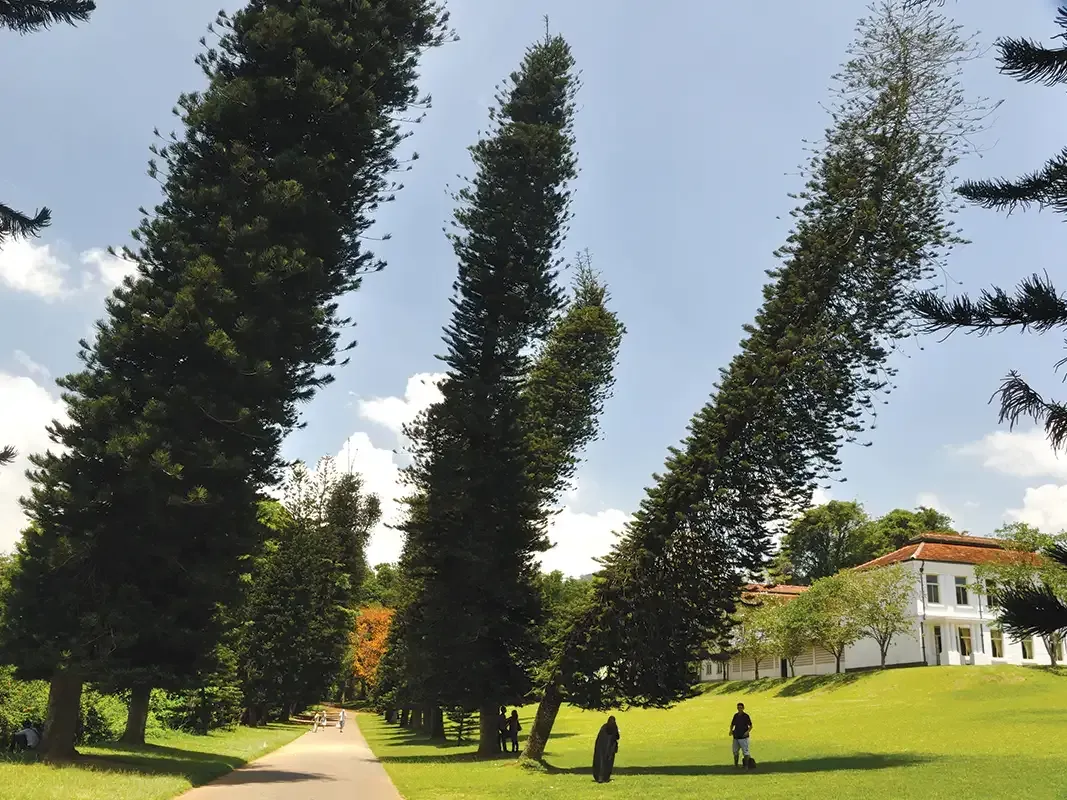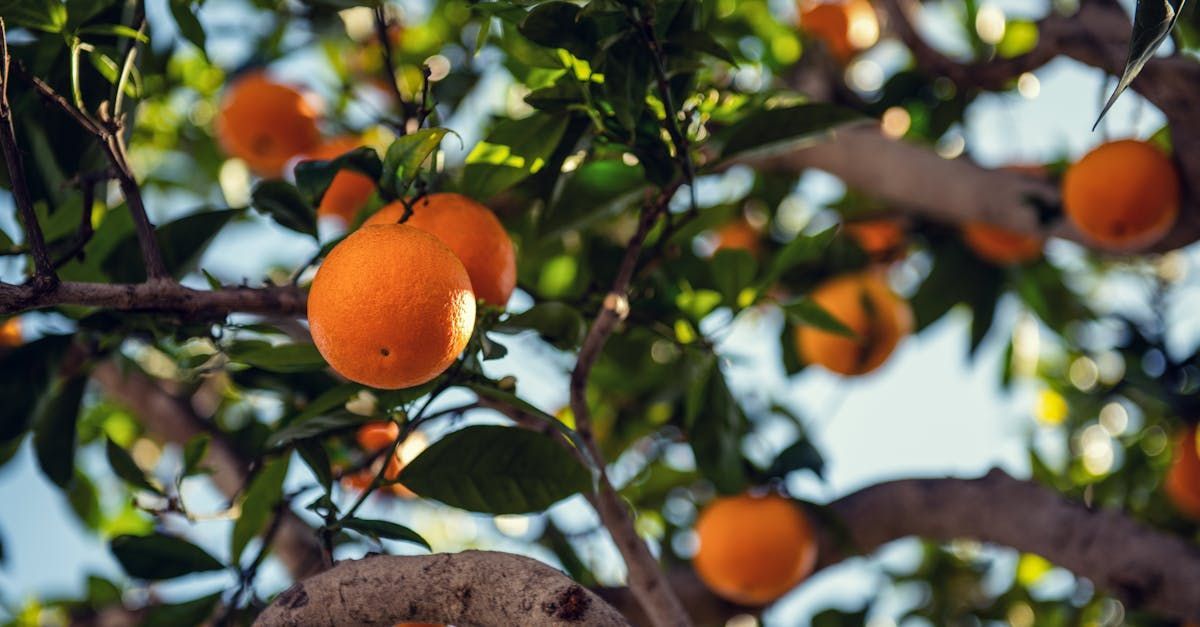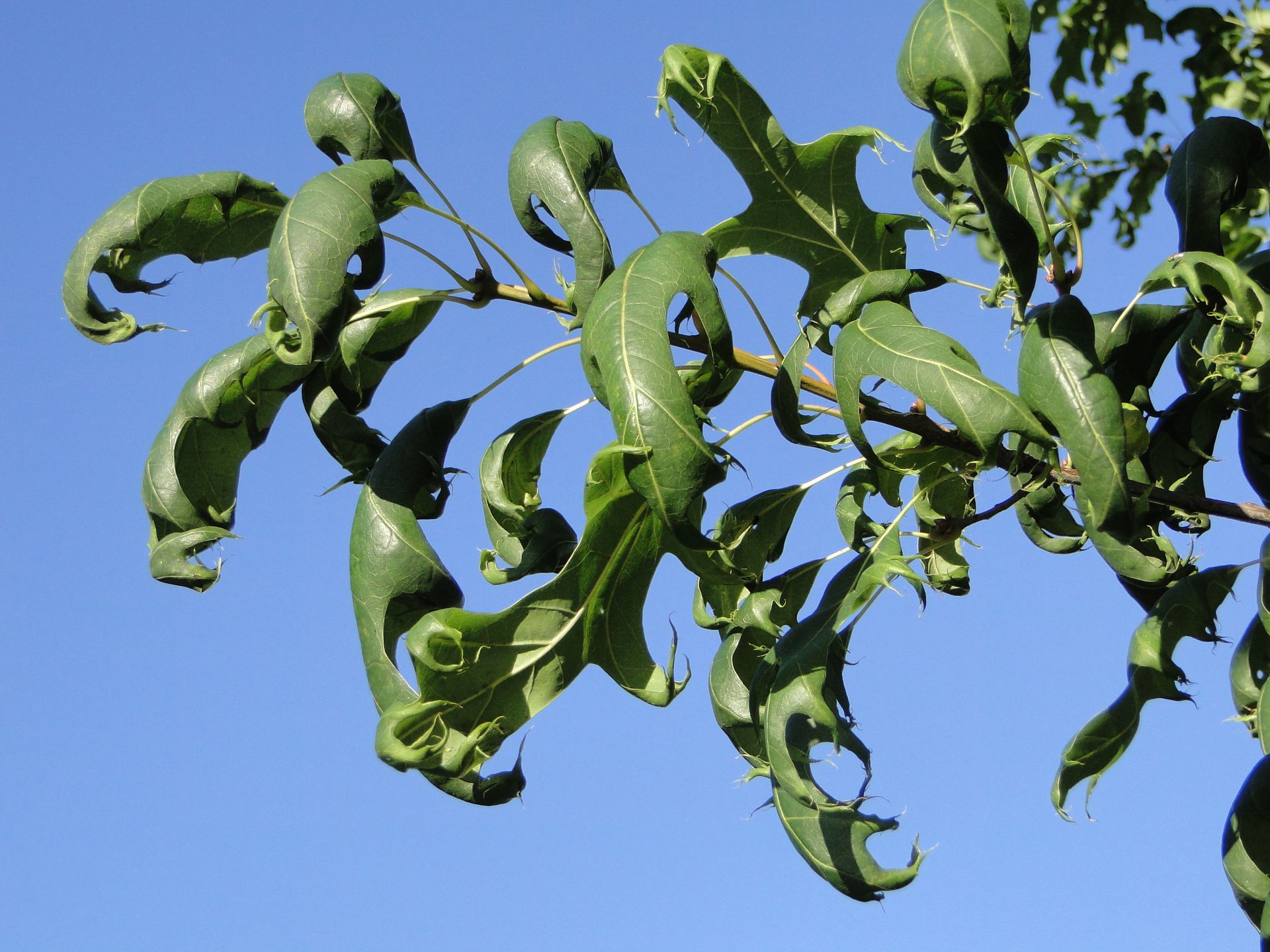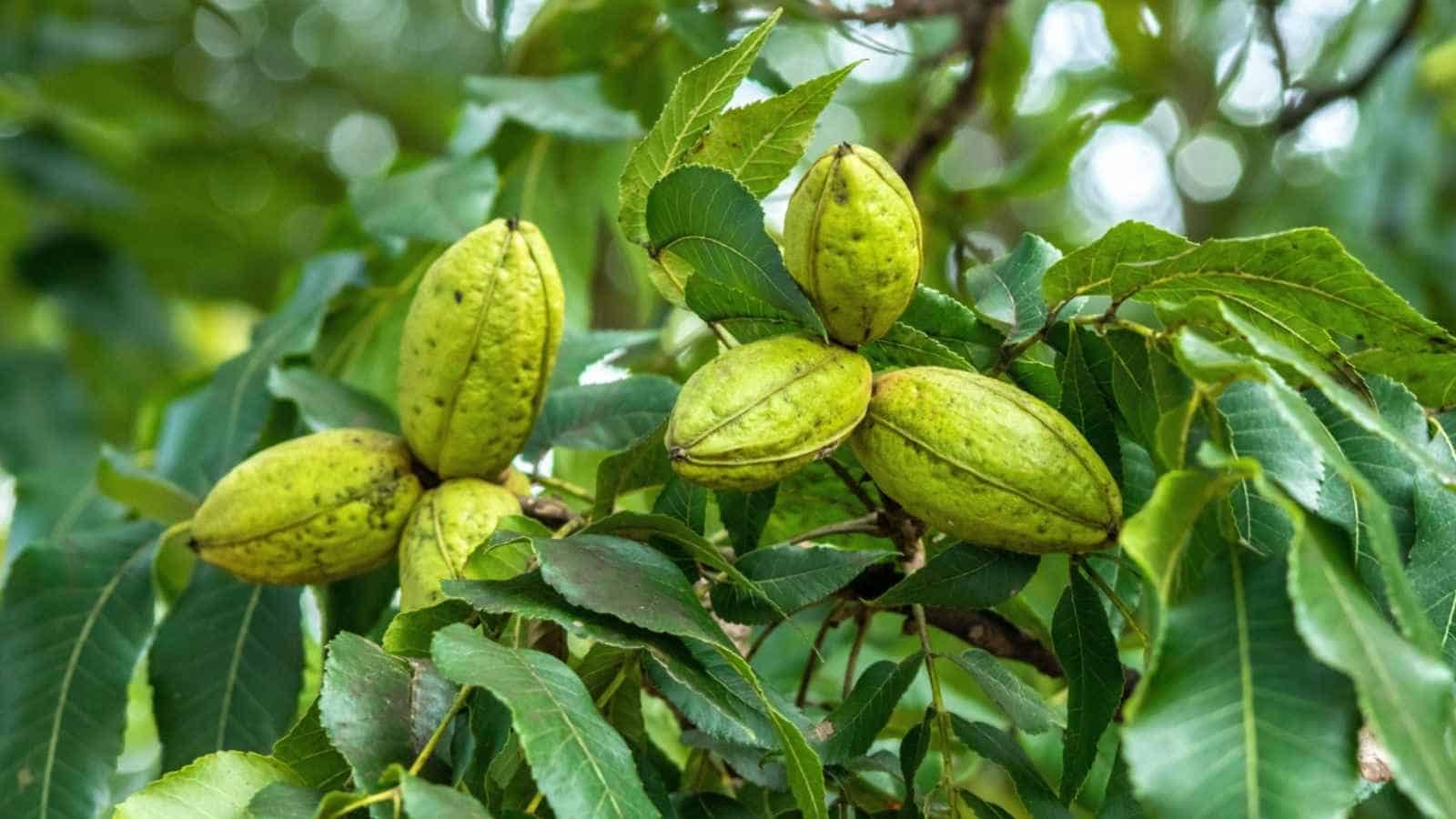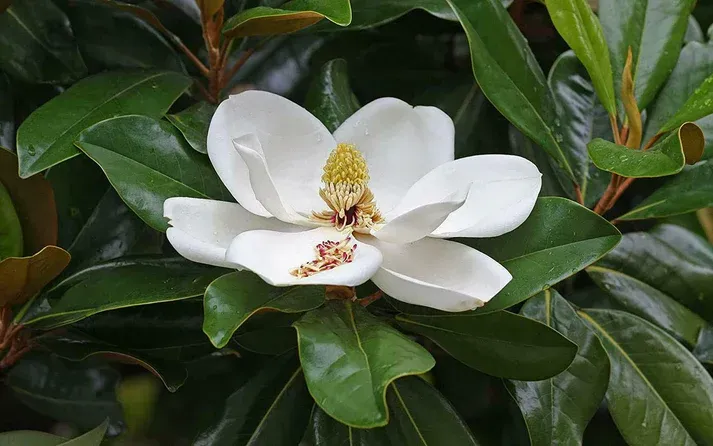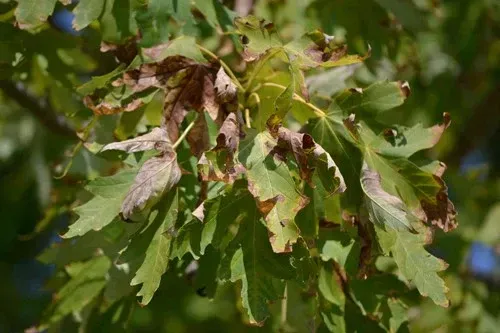Liriope’s Muse: Tree Care Tips from a Master Arborist
TRUSTED TREE CARE SERVICES SINCE 1970
Liriope's Muse: The Chinese Tallow and why it is Eric Putnam BCMA's Favorite

The Chinese tallow tree (triadica sebifera), or popcorn tree, is not native to the United States yet you can find it in South Carolina down to Florida and west into Texas, and occasionally has been located in California. It is native to eastern Asia in China and Tiwan and was not introduced to the United States until 1776 in Southern Carolina by Ben Franklin. And promoted by the U.S. Department of Agriculture as an oil crop. The name tallow comes from the waxy tallow derived from the white covering of the seed, similar to the tallow that is 100% fat rendered from cattle and sheep. This natural tallow has been used historically to make soap, candles, topical medicines, and other petroleum type products.
Tallows are deciduous trees that can grow up to 60 feet in height, 3 feet in diameter, and can live up to 100 years. These trees are fast growing, with the ability to grow 7-13 feet a year! Their beautiful canopy provides a deep shade, and grass does not typically grow under it in thick forrests. They have light grey bark, with leaves that are ever changing in color. These waxy leaves are naturally green in color, with bright green on top and a light green under side. During season changes the leaves become bright oranges, yellows, reds, and even purples. Tallows have the most dramatic seasonal leaf changes of any tree in all of the southern gulf coast region making them beautifully ornamental. These trees are monoecious, meaning they produce both male(androecium) and female(gynoecium) flowers separately on the same tree. “mono” meaning one, and “ecious” meaning house, so “monoecious” literally means “one house”. Tallow trees house both genders of flowers giving them the potential for asexual reproduction, however they generally require cross-pollination. Tallows are resilient trees as they are tolerant to drought, flooding, shading, high salinity, and most freezing temperatures. However late frosts pose a danger, as their annual flowering begins mid-April and if a freeze occurs during the flowering period, it will kill all existing blooms.
The Chinese tallow tree produces a solid fat from the outer covering of its seeds called stillingia oil. This oil is very versatile and is used in numerous ways. Industrially, this stillingia oil is used as a drying medium for paints and varnishes, as crude lamp oil, and in machine oils. This oil can also be converted into ethanol, methanol, diesel, and charcoal. The tallow tree’s white waxy aril, or the inner most part of the seed that is edible and encourages animals to eat and disperse, has been found to have anti-inflammatory properties and is used in many topical applications. It is used in candles, soap, lotions, and traditional Chinese medicines used to treat edema, shingles, ascites, eczema, scabs, swelling, snakebites, and more. The Chinese tallow tree is also very popular in the honey making process for beekeepers all across the gulf coast. This honey is rich, full-flavored, deep amber in color and the best honey that you can get in all of the gulf coast region.
“I simply can’t think of another tree that is this diverse” – Eric Putnam
Liriope’s Muse - Expert Tree Care Tips
